The gender pay gap isn’t really about money – it’s about this instead.
New figures show the gender pay gap in Australia is 21.7%, but the numbers do not tell the whole story. The gender pay gap is about people, and it is personal.
At Work
Don't miss out on the headlines from At Work. Followed categories will be added to My News.
OPINION
Today the Workplace Gender Equality Agency (WGEA) released new figures that show the gender pay gap in Australia is 21.7 per cent.
Percentages are useful to measure and analyse data, but talking about the gender pay gap as a percentage removes its human face, in the way that statistics often do.
By thinking about it in dollar terms instead we can eke out a little more meaning – that 21.7 per cent equates to an average difference in pay of $26,393 a year between men and women.
If it helps to visualise, that’s about the cost of a new Hyundai Kona.
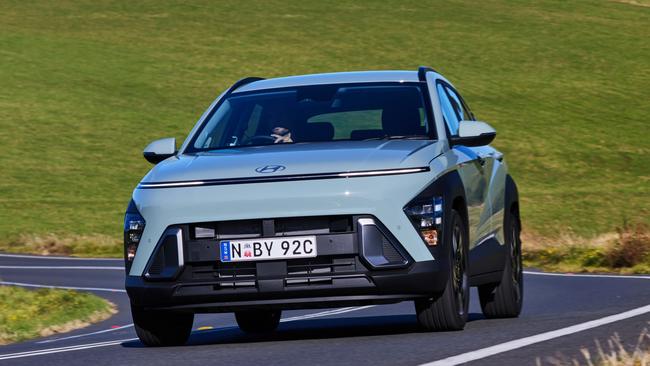
But again, while good for a headline, trying to backsolve a problem from a universal measure such as an annual figure is much like trying to cure a disease without considering the symptoms.
Because, while the gender pay gap is a measure of financial difference, it is also the result of an underlying set of problems, and to cure it we must first understand and fix its causes.
The key drivers of the gender pay gap are, in fact, not financial, they are attitudinal, and stem from the prevailing stereotypes about the roles of men and women in society.
In particular, this comes back to the idea of women as caregivers, and the economic value we place on care.
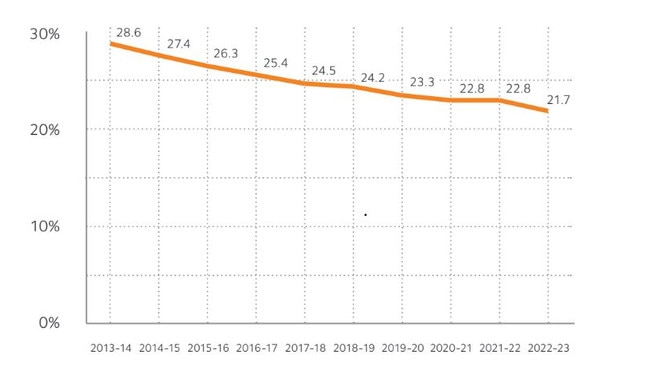
PINK AND BLUE JOBS
One driver behind the earnings disparity is the notion of so-called ‘pink’ and ‘blue’ jobs, with the underlying idea that women are better suited to work that involves caregiving such as teaching, nursing, childcare, social work or customer service.
I’d argue that these jobs require no less skill than many of the stereotypically male jobs such as construction, trades, manufacturing, transportation or agriculture.
But they are universally less well paid.
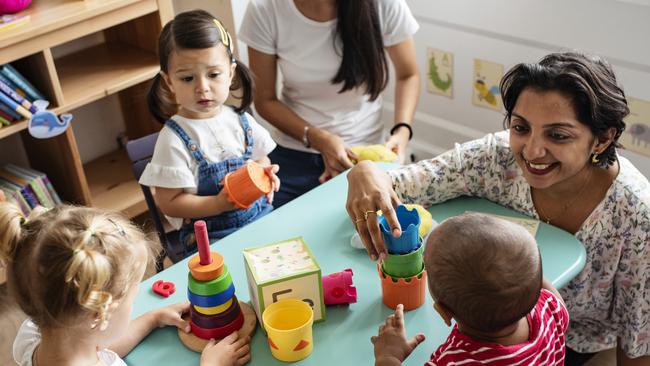
PART-TIME WORK
Because care is still considered women’s work, and sometimes it is just too damn hard to do everything – not to mention the exorbitant cost of childcare which makes many women question whether it is worth working at all – 68 per cent of all part-time workers in Australia are women.
Whether they are caring for children or elderly parents, or looking after the majority of the household chores such as cleaning, shopping and cooking, the burden of unpaid care work still falls unevenly on women’s shoulders – 64 per cent of unpaid working hours are worked by women.

PARENTAL LEAVE
While the Government now offers primary carer parental leave of up to 20 weeks, 95 per cent of this leave is taken by women, when technically, either parent can be the ‘primary’ carer.
And when on government parental leave, superannuation isn’t paid and earnings are not related to what a woman may have been earning at work, but instead are set at the minimum wage of $882.80 per week, which really tells us everything we need to know about the value our government places on care work.
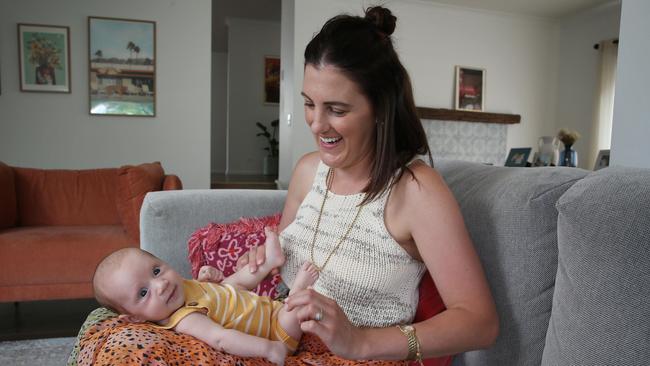
THE GLASS CEILING
Because they have taken parental leave, worked part-time or are simply not considered as experienced and qualified as their male counterparts, women are often overlooked for senior roles and their representation in this space is not reflective of the fact that they comprise 51 per cent of the Australian population.
Women are also less likely to put themselves forward for promotions as senior roles often lack the workplace flexibility that many Australians have come to enjoy, which makes it especially challenging for women to balance the unpaid care work foisted upon them with the demands of a senior role.
One of the more shocking pieces of data in this space is that even in the so-called ‘pink’ industries where women account for the vast majority of the workforce they are not in the majority of leaders – just 38 per cent of leadership roles in ‘pink’ industries are held by women, and across all industries it’s just 17 per cent.

So, the next time you hear a gender pay gap statistic, remember the people behind the numbers.
The gender pay gap is your sister who sacrificed her own financial advancement by working part-time because society expects her to shoulder the burden of care for your elderly parents.
The gender pay gap is your niece sacrificing her own financial advancement by working in early childhood education because she sees the value in trying to give kids a good start in life, even if society doesn’t.
The gender pay gap is your mother who sacrificed her own financial advancement to take parental leave to raise you and your siblings because childcare is so expensive and society considered your father to be the breadwinner.
The gender pay gap is your wife who has a CV that features career breaks or periods of part-time work so she is overlooked for promotions and leadership roles because society does not value the work she did – and learning and personal growth she underwent – during this time.
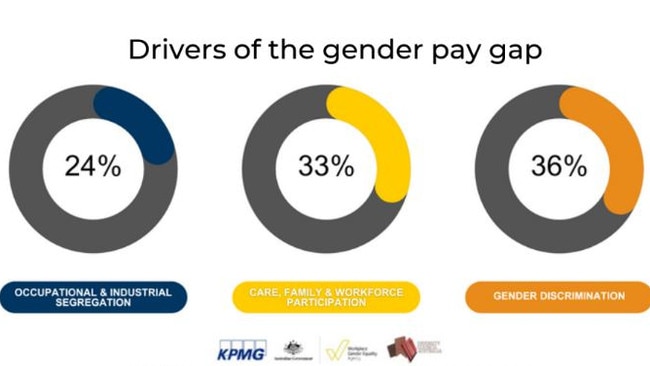
The gender pay gap is not about money, statistics or numbers. It is about people, and it is personal.
Michelle Bowes is a finance journalist at news.com.au and the author of Money Queens: Rule Your Money, a financial guidebook for teenage girls that explains the gender pay gap, as well as how to earn, manage and grow their money. Money Queens was recently named personal finance and investment book of the year at the 2023 Australian Business Book Awards.
michelle.bowes@news.com.au
Originally published as The gender pay gap isn’t really about money – it’s about this instead.




